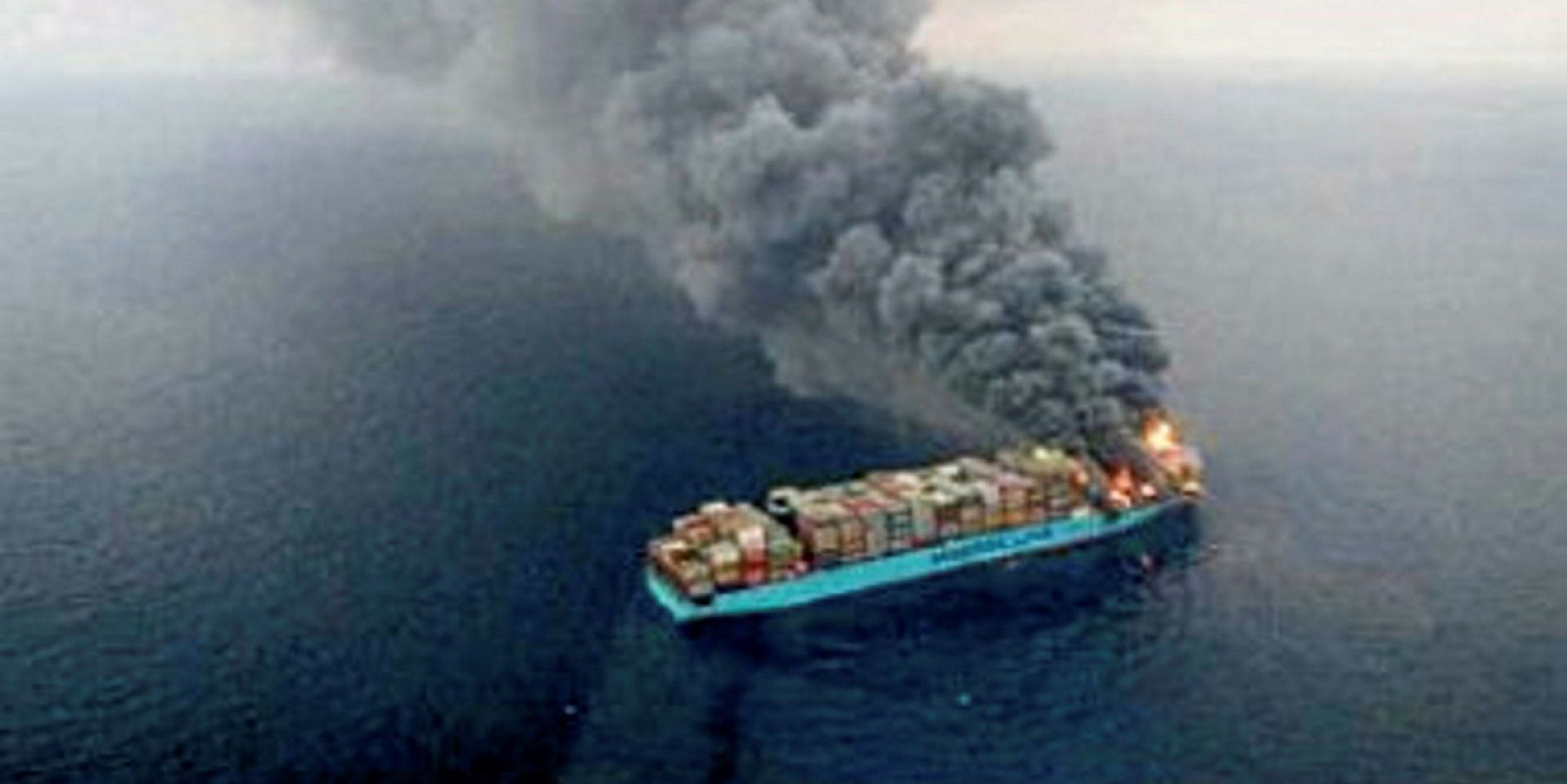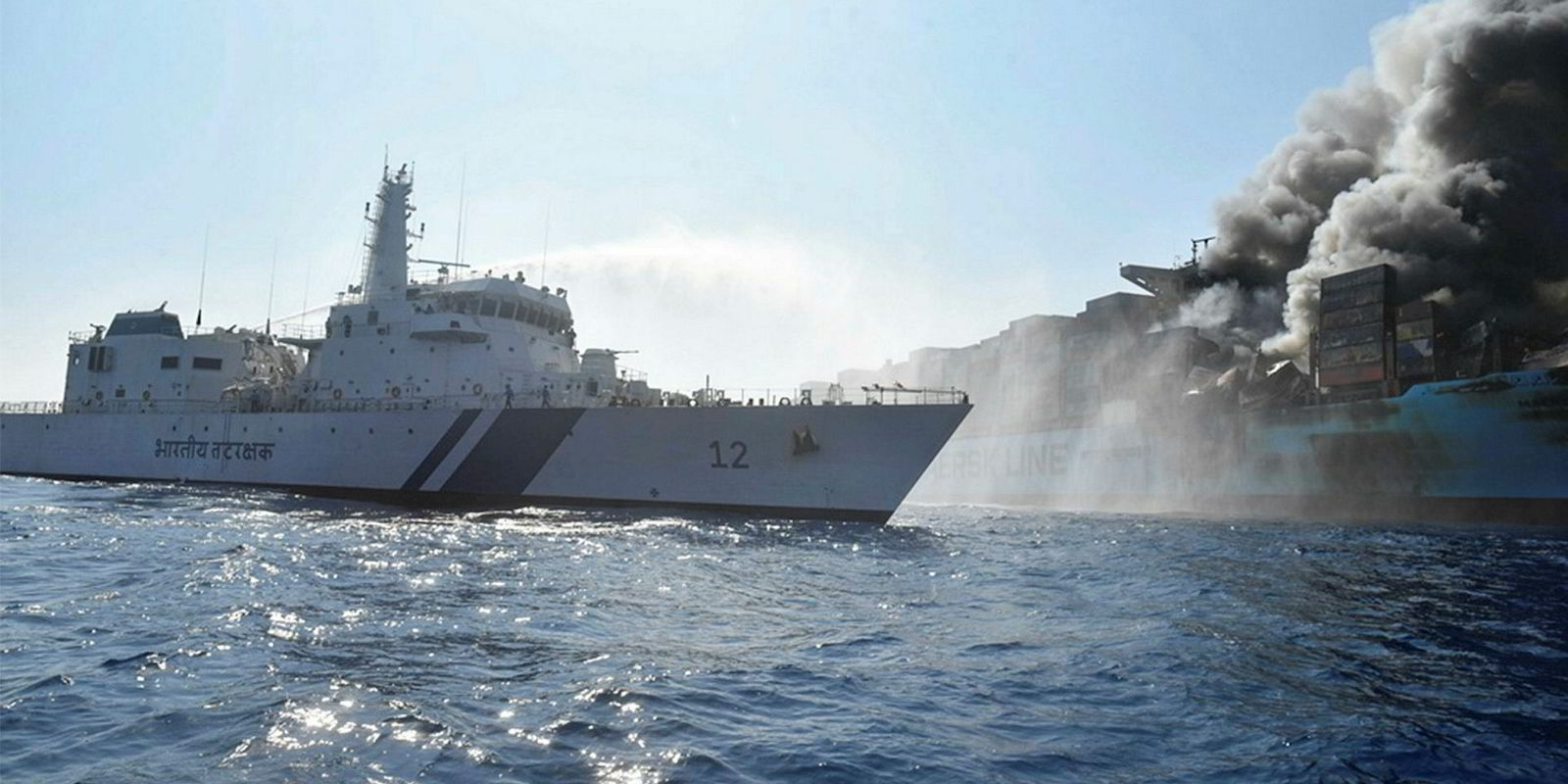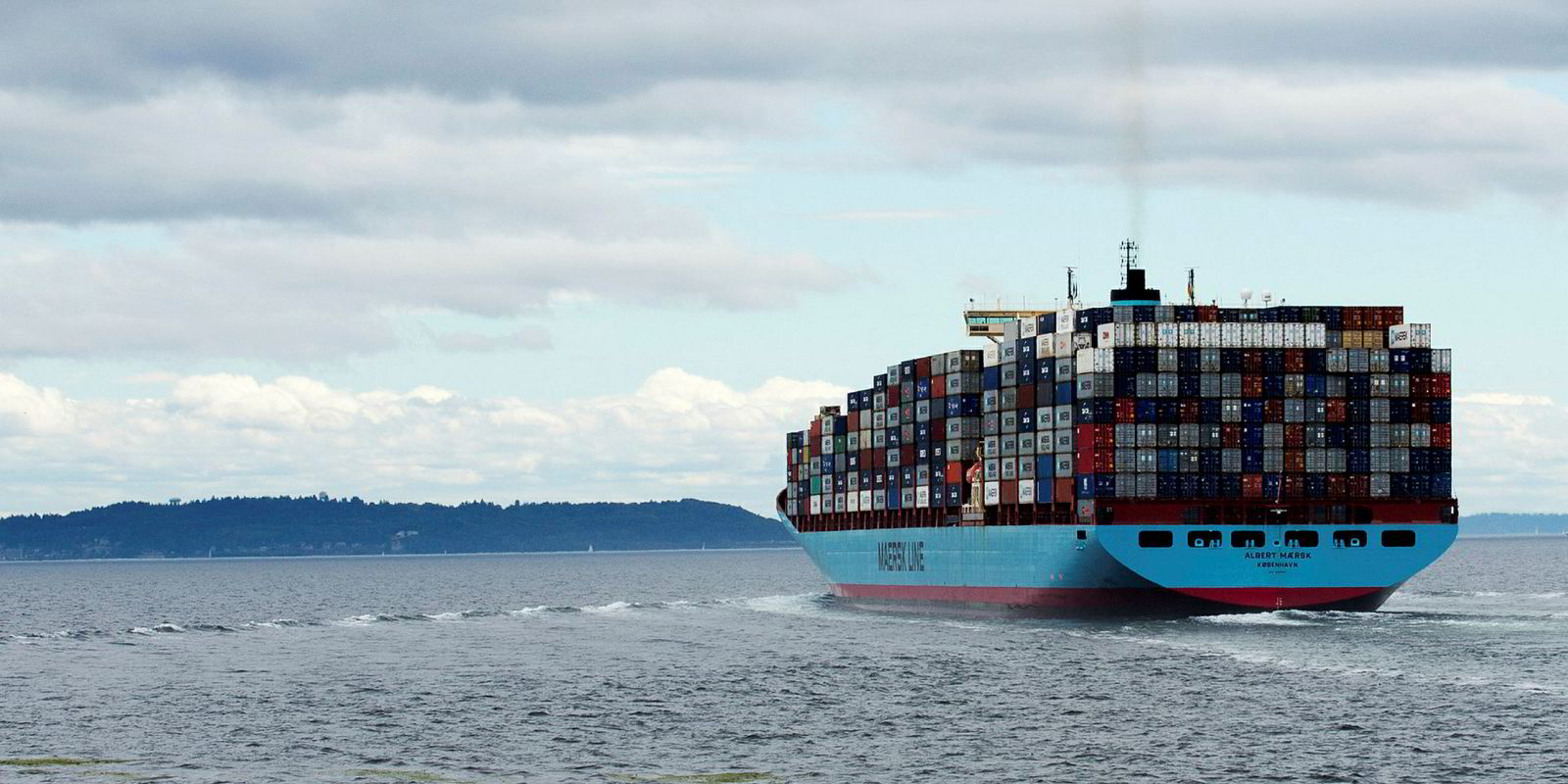Maersk Line has revealed the results of a review of how it carries dangerous goods following the Maersk Honam fire that killed five crew earlier this year.
The company, working with class society ABS, evaluated more than 3,000 United Nations hazardous materials identifier numbers to develop its Risk Based Dangerous Goods Stowage principles.
They aim to minimise risk to crew, cargo, environment and vessel in case a fire develops.
Cargo covered under the International Maritime Dangerous Goods Code will no longer be stowed next to accommodation and main propulsion plant, which is defined as the zone with the lowest risk tolerance.
Similarly, risk tolerance will be low below deck and in the middle of the vessel, whereas the risk tolerance will be higher on deck fore and aft.
Maersk Honam caught fire on 6 March while carrying dangerous goods in the cargo hold where the fire originated.
Inquiry results awaited
But there is no evidence to suggest that dangerous goods caused the fire.
Maersk is still awaiting the results of the investigation to establish the root cause of the fire in the cargo hold.
“All cargo aboard Maersk Honam was accepted as per the requirements of the International Maritime Dangerous Goods Code and stowed onboard the vessel accordingly," said Ole Graa Jakobsen, head of fleet technology at Maersk.
"Despite this, as the fire originated in a cargo hold in front of the accommodation which held several containers with dangerous goods, it had an unbearably tragic outcome.
“This clearly showed us that the international regulations and practices with regards to dangerous goods stowage needs to be reviewed in order to optimally protect crew, cargo, environment and vessels.”
Jakobsen added: “Containership fires are a problem for our entire industry and we intend to share and discuss our learnings from this thorough review within relevant industry forums.
"We very much believe that discussions, views and insights among container carriers can further improve fire safety in our industry."
“We aim for long term improvements by reviewing our systems and then designing an end-to-end process that is safe for our seafarers and smooth for our customers.”





